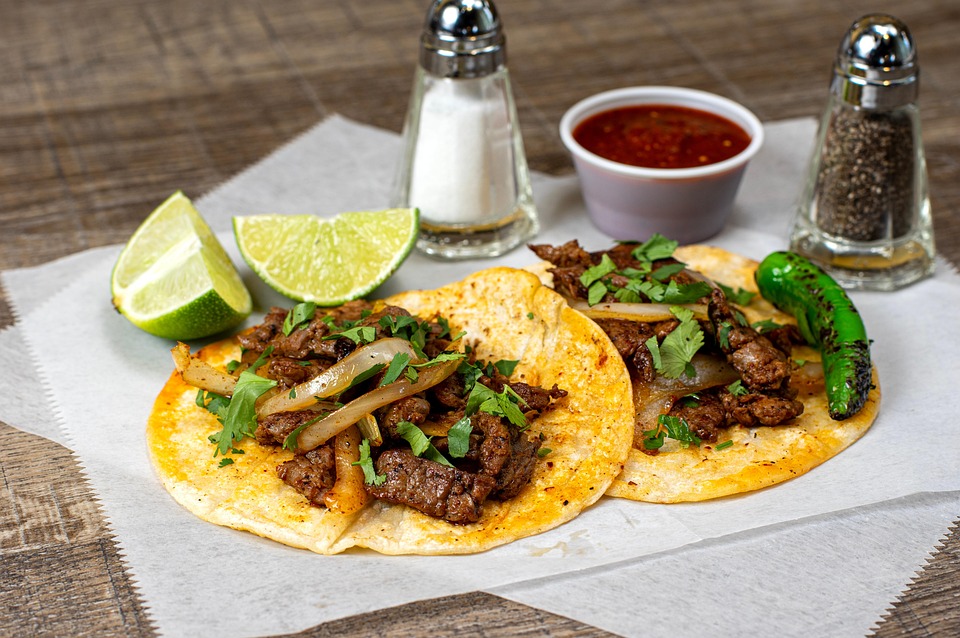Mexican cuisine is a tapestry woven from centuries of history, culture, and local ingredients. While traditional dishes often commence their journey from humble street stalls, a burgeoning trend is elevating these beloved flavors into gourmet experiences. The path from street food to fine dining is not just about creating luxurious presentations; it’s about honoring the essence of the dishes while bringing new dimensions to their taste and appeal.
The Roots of Mexican Street Food
Street food in Mexico is a gastronomic adventure, offering an array of flavors and textures that reflect the country’s diverse regions. Tacos, tamales, elotes (grilled corn), and churros are quintessential staples often prepared by skilled street vendors. These dishes embody the heart of Mexican culture, making them accessible and beloved by locals and tourists alike.
The authenticity of street food lies in its simplicity and warmth, drawing on traditional recipes passed down through generations. Ingredients such as masa (corn dough), fresh herbs, and locally sourced vegetables create a foundation that resonates with culinary traditions.
The Shift to Gourmet
In recent years, chefs and restaurateurs have begun reinterpreting these beloved street foods through a gourmet lens. This elevation involves utilizing high-quality, often organic, ingredients and innovative cooking techniques while maintaining the authentic flavors that make these dishes special.
1. Ingredient Elevation:
To bring a gourmet flair to traditional street food, chefs focus on sourcing the finest ingredients. Instead of standard queso, you might find artisanal cheeses from local dairies enhancing a taco’s flavor profile. Seasonal produce adds freshness, while unique proteins like duck or octopus might replace the classic carnitas or pollo asado.
2. Creative Presentation:
Gone are the days when street food is served on simple Styrofoam plates. Gourmet renditions may appear artistically plated in crockery that reflects the cultural heritage of Mexico. Dishes are thoughtfully arranged, often featuring edible flowers or microgreens for an aesthetic appeal that delights the eye as much as the palate.
3. Innovative Techniques:
Gourmet kitchens frequently employ advanced culinary techniques, such as sous-vide cooking or molecular gastronomy, to reimagine traditional dishes. Consider a taco with a sous-vide duck confit, topped with a sriracha-infused foam that adds a contemporary twist to a classic idea.
The Role of Cultural Authenticity
While innovation is essential, retaining the cultural essence of traditional Mexican fare is equally important. Chefs who excel in elevating these foods do so while respecting their origins. This respect manifests in honoring the foundational flavors, ensuring that even a gourmet version of elote maintains its sweet, smoky essence.
Moreover, many chefs are committed to sourcing ingredients from local farmers and producers, thus supporting the community and ensuring freshness—values deeply rooted in both street food culture and the gourmet movement.
Notable Influence and Examples
The movement to elevate Mexican street food has been pioneered by several chefs who have garnered international acclaim. Boozy tacos with tequila-infused marinades, gourmet tortas featuring succulent braised meats, and upscale takes on aguas frescas demonstrate this trend’s creativity.
Restaurants like Oaxacan-inspired "Pujol" and "Cosme" in Mexico City stand as testaments to this cultural evolution. In the United States, establishments like "Los Angeles’ Kogi BBQ," initially known for their food trucks, have successively advanced to high-profile dining experiences, blending traditional Mexican flavors with Korean elements.
The Future of Mexican Gourmet Cuisine
As the world increasingly embraces diverse culinary experiences, the elevation of Mexican street food into gourmet realms is poised to expand further. Emerging chefs are continuously experimenting, fusing traditional techniques with global influences and modern practices. The adaptation of street food into fine dining environments is not just a trend; it signifies an ongoing journey that celebrates cultural heritage while inviting innovation.
Ultimately, the transformation from street food to gourmet is an enriching narrative—one that pays homage to the roots of Mexican cuisine while inviting new flavors and ideas into its vibrant embrace. As this journey progresses, diners can anticipate an evolving dialogue between tradition and innovation, ensuring that the spirit of Mexican cuisine continues to shine in gourmet settings worldwide.



